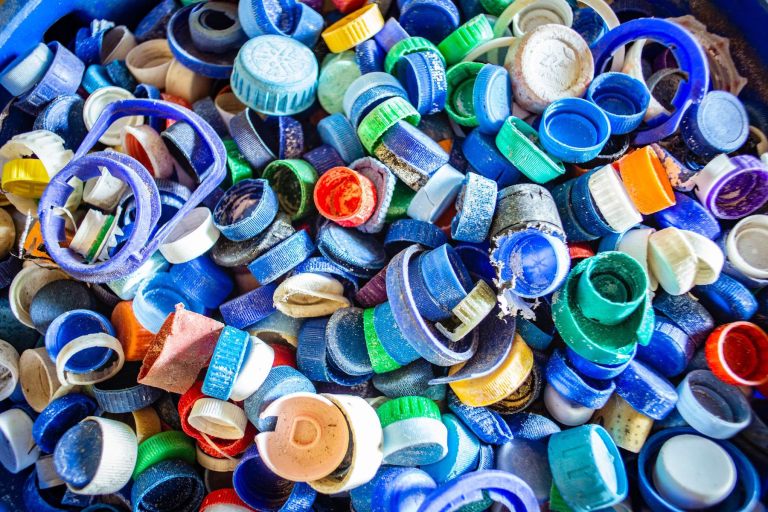Plastics vary in their degree of environmental impact. Compared to gooey thermoplastics, thermoset plastic is stronger and more durable, which makes them more difficult to recycle. A Resin Identification Code (RIC) that rates which plastics may be recycled and how is also available. Last but not least, certain plastics include substances like chlorines that can be harmful to the environment.
By only one day, Belgian chemist Leo Baekeland beat Scottish scientist James Swinburne to a patent office in 1907. A substance known as Bakelite was patented there by Baekeland. The first totally synthetic plastic in history was called “Bakelite”. It was a respectable forerunner of the kinds of plastic we use today. Plastic is as ubiquitous as sunshine, appearing in everything from food packaging and infant bottles to electronic chip carriers. The plastics market has never been bigger than it is right now. Synthetic polymers and everyday plastics nearly carried the whole logistical weight of the medical profession during the Covid-19 epidemic. Every day, millions of plastic masks and gloves were worn.
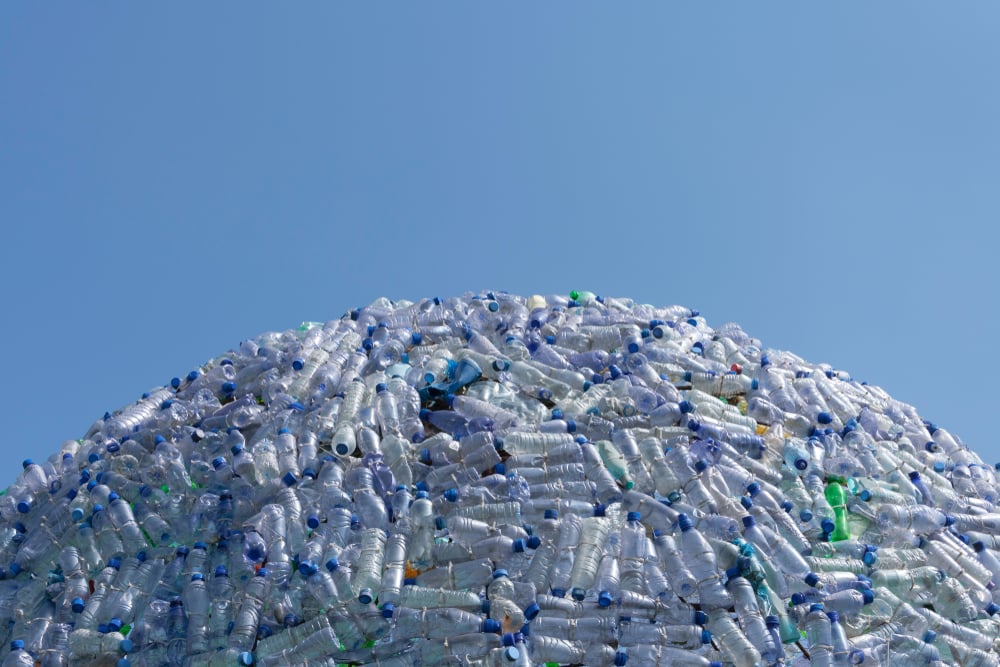
Of course, there are many other reasons why plastic is bad for the environment, but with so much of it available, what the heck do we do with it all after we’re done with it?
What Is Plastic?
We must grasp what plastic is chemical to comprehend what happens to it when it is discarded.
Simply said, plastic is a polymer made of tiny chemical building pieces called monomers that are joined together to form a much larger molecule known as a polymer. Covalent linkages between the monomers are created. Covalent bonds between monomers create chains, which collectively make up a polymer.
A monomer can be seen more easily as a block. Building a house requires the consecutive laying of many bricks. The home is made of plastic. But not every plastic is made of the same kind of polymer. Thermoset plastics and thermoplastics are the two forms of plastics. Their chemical and physical characteristics account for the disparity.
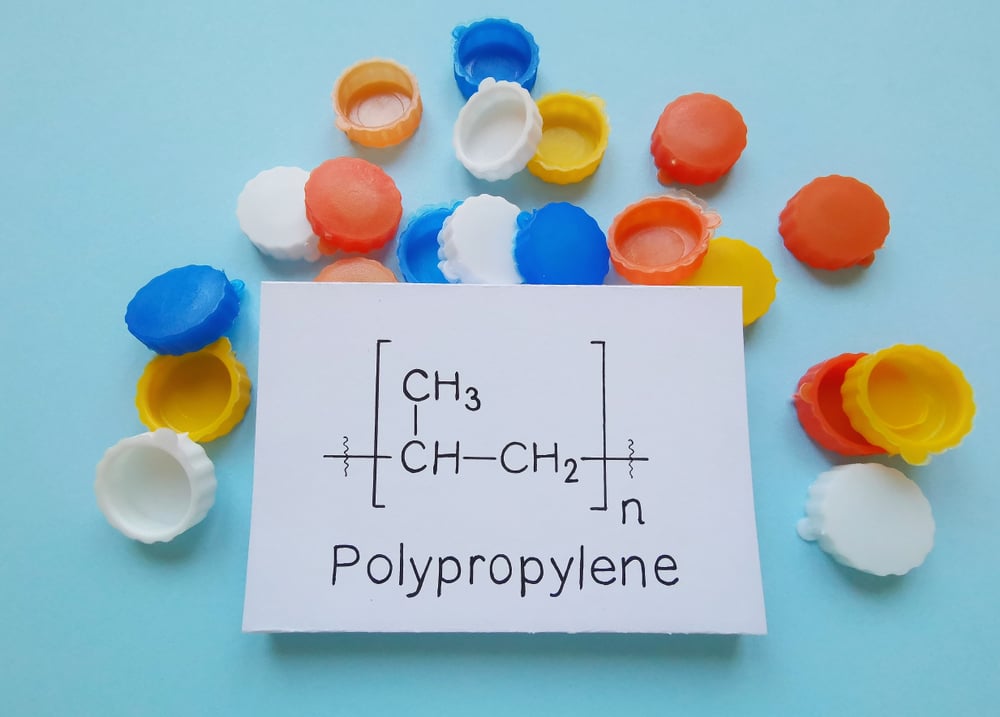
Procedures known as liquid moulding processes are used to make thermoset polymers. When polymers and other ingredients are heated to a liquid state, a thermoset plastic is formed while the mixture cools in the mould. Cross-linkage, a chemical reaction, is promoted by this mechanism. The cross-linking of the mixture’s polymers keeps them from melting under the influence of heat. As a result, thermosets like polyester, polyimides, and polyurethane are ideal for hot conditions. The cross-links in thermoset polymers are another factor contributing to their non-recyclability. Thermoplastics, on the other hand, melt when exposed to high heat following the curing process because they are sensitive to the effects of heat. This makes recycling them a little bit simpler. Polyethene is a good example of a thermoplastic.
After we use all the plastic, what happens to it?
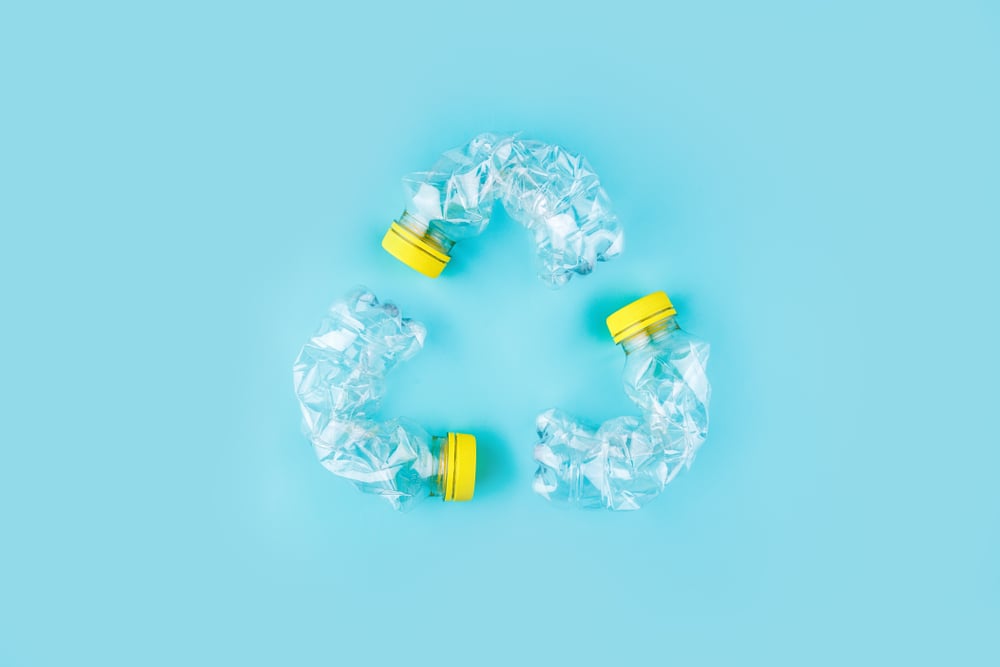
It’s a little more difficult than that, in actuality. Plastic has the drawback that it cannot be changed into another substance. Although technically conceivable, recycling plastics into gasoline or oil releases hazardous contaminants, creating a lose-lose situation.
The majority of plastics cannot biodegrade. They disintegrate into smaller fragments but not into simpler compounds (i.e., organic or biological materials). Microplastics are very little bits of plastic.
Recycling plastics is the best option to stop them from breaking down into microplastics. However, when we try to scale up plastic recycling, a lot of strange issues arise.
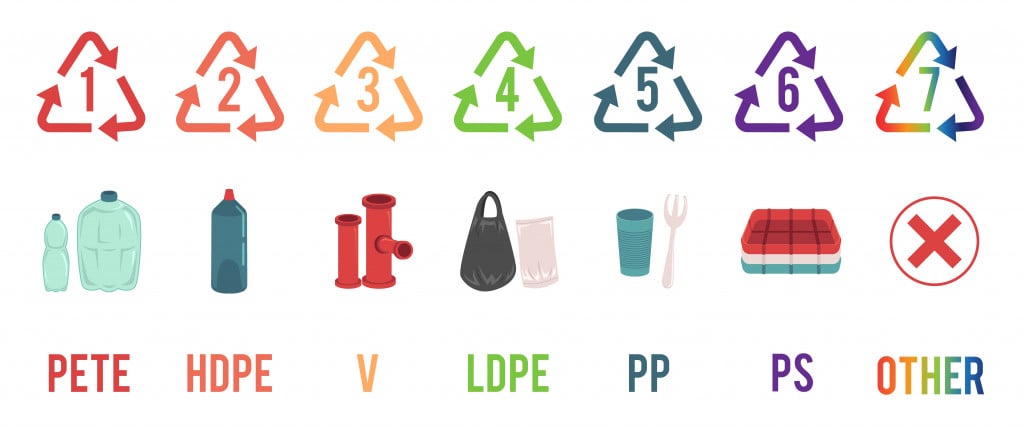
A Resin Identification Code is given to each plastic and item manufactured of plastic (RIC). This code enables us to determine the kind of plastic that was used to create an item. Each plastic object may be classified into one of seven classes based on this code. Items falling within RIC Classes 1 (made of PETE/PET) and 2 (made of HDPE) can be recycled. Classes 3 through 7 of RIC may be recycled (depending on where you live).
The headache continues after that. Recycling plastic is more difficult in certain situations, such as with two-layered products (like your coffee cup). Paper that has been fused with plastic cannot be recycled. It is necessary to separate the two elements before processing them.
Additionally, certain plastic products can only be recycled a maximum of two or three times due to the fact that each recycling shortens the monomeric chains that makeup plastic. The final plastic’s strength and quality are directly impacted by this.
Strangely enough, to compensate for the quality loss experienced during recycling, the majority of recovered plastic is reinforced with new or “virgin” plastic. This obviously contradicts the goal of recycling, which is to use less of it. It is reasonable to ask whether this qualifies as recycling at all.
So, Are all forms of plastic thus harmful to the environment?
Not really.
The most often recycled plastics are those from RIC Classes 1 and 2. They also have a lower likelihood of helping to produce microplastics. They are frequently used to create straightforward, single-layered goods like water bottles (100% PET).
They are as innocent as plastics can be in terms of harm done. Classes 3-6 are a little more difficult to evaluate since, although the necessary technologies for recycling them exist, they may not always be recyclable depending on where you reside.
Additionally, other complicated procedures (pyrolysis, hydrolysis, heating, etc.) are necessary for some plastics, such as PVCs or polystyrene, to be efficiently recycled.
We also need to be aware of Class 7 plastics, which is doubtful. All polymers that are classified as Class 7 plastics must adhere to the same fundamental standard: they cannot be used elsewhere. The object in question is simply thrown into class 7 if it doesn’t fit within any of the first six classes. Literally, it is a dump for unidentified plastics. As a result, it is challenging to recycle all Class 7 plastic products because little is known about their makeup.
Conclusion
Ultimately, some plastics—such as polyvinyl chlorides and polystyrenes—are riskier than others. Many of the procedures used to recycle PVCs make an effort to get rid of the additives and dangerously excessive quantities of chlorine. In actuality, PVC is a known carcinogen according to the WHO.
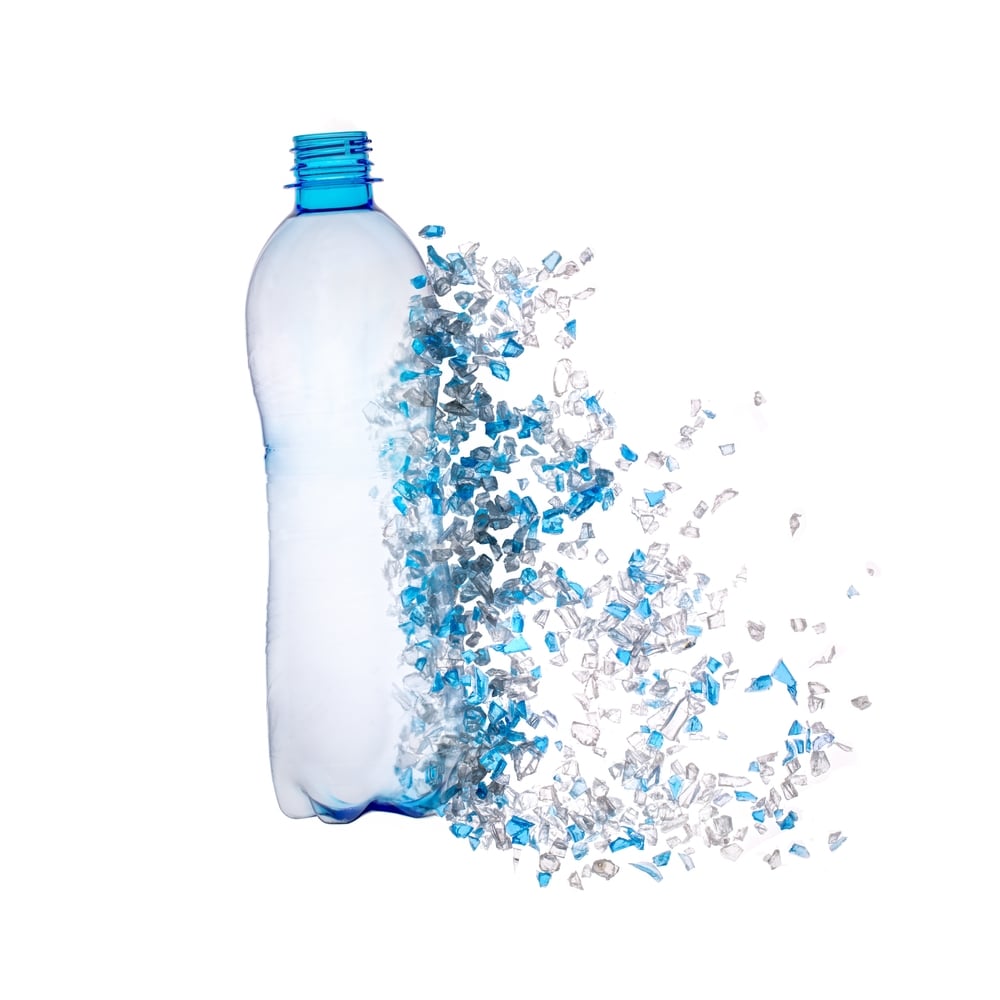
The alarmingly low percentage of plastic that is ever recycled is the true issue. Only 9% of plastic is really recycled on a global scale.
If so, don’t forget to post your thoughts in the comment section while sharing this article.
Stay connected with Buzzer.lk and Buzzer Blog to know more such interesting information.




